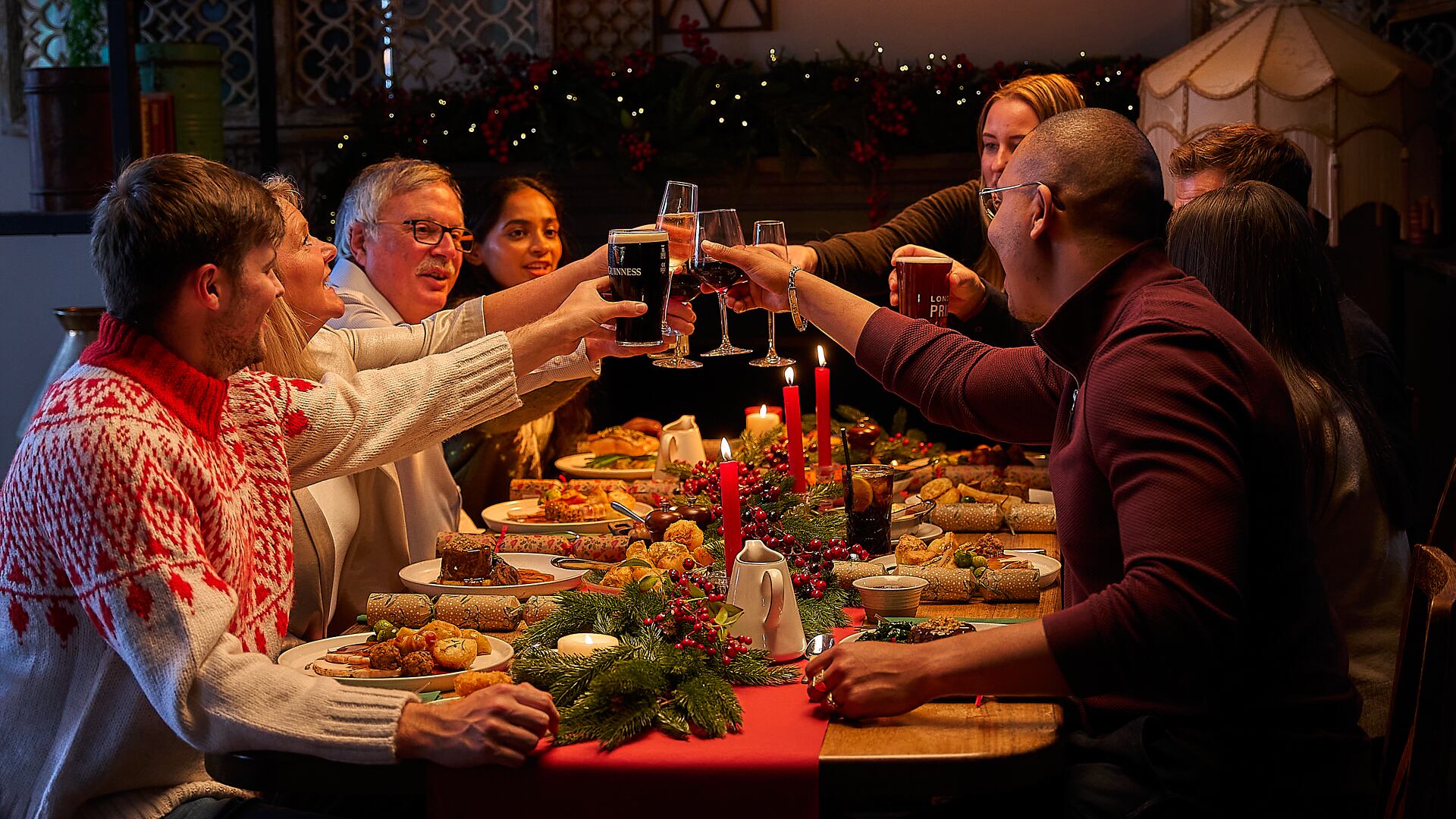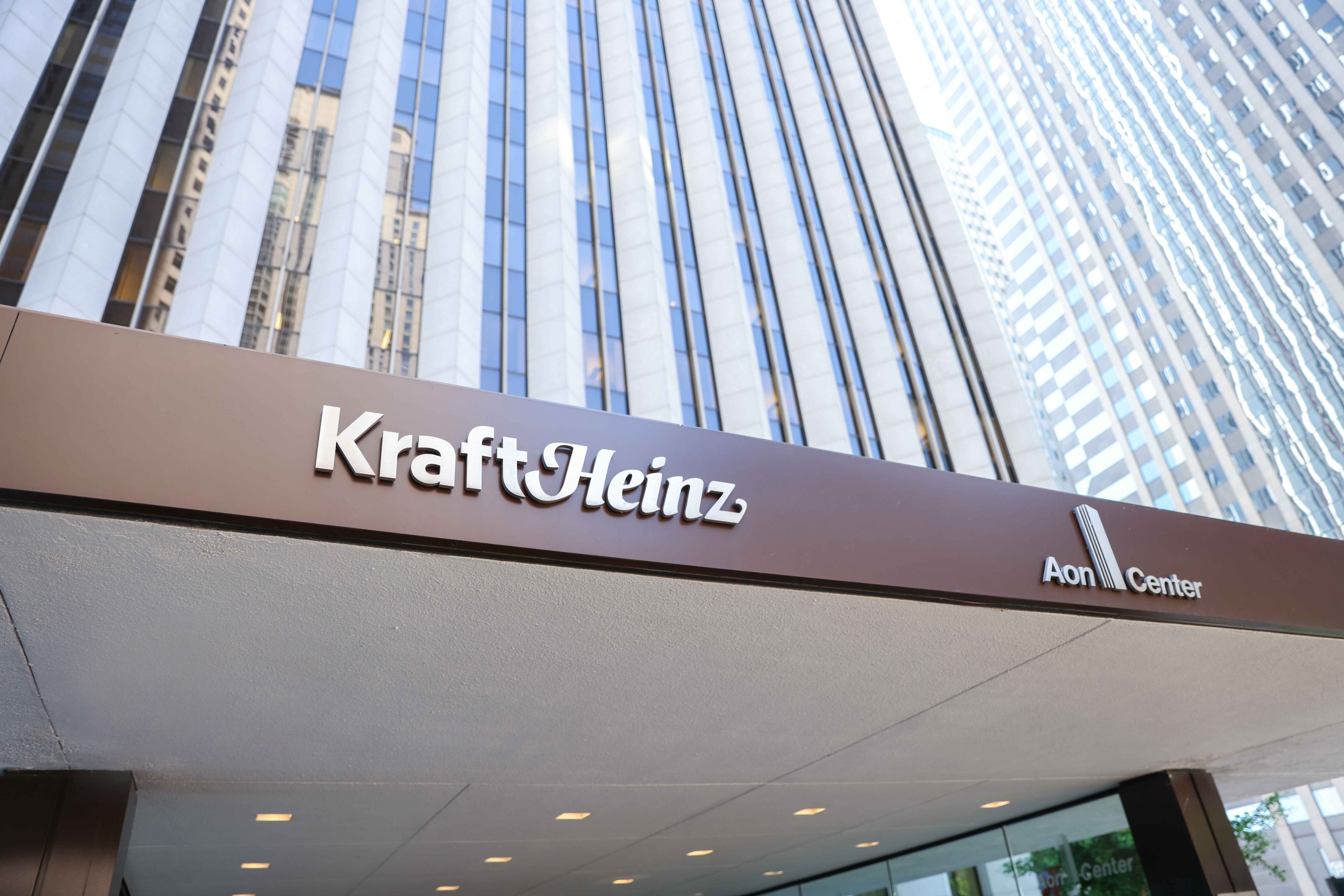Despite ongoing economic uncertainty, US consumers are expected to spend the second-highest amount on record this holiday season, according to the National Retail Federation (NRF).
Holiday spending prediction breakdown
Consumers plan to spend an average of $890.49 per person on holiday items this year, according to NRF’s annual consumer survey conducted by Prosper Insights & Analytics. Of this total, $262.56 is earmarked for seasonal items such as food, candy, decorations and greeting cards – signaling significant opportunities for brands to capture shelf space, online visibility and consumer engagement.
Food is emerging as one of the most resilient gift categories in 2025, according to PwC research, with consumables ranking among the top five gifts: 26% of shoppers plan to buy for family, 28% for friends and 23% for themselves.
“With more consumers planning to seek out sale events this year, retailers are prepared to deliver on deals and value to ensure shoppers have everything they need to make the holiday special,” said Katherine Cullen, NRF Vice President of Industry and Consumer Insights.
Shopping patterns also continue to shift online. Nearly three-quarters of consumers (73%) plan to shop on Black Friday, with 38% shopping exclusively online, 24% splitting between online and in-store and just 11% shopping in-store only, according to Salsify.
5 strategies for securing holiday sales
- Optimize digital shelf presence: Online marketplaces are increasingly central to holiday shopping. According to PwC, 51% of consumers plan to complete purchases via platforms such as Amazon, eBay or Etsy. Brands must ensure accurate, compelling product content across all digital channels. Salsify research shows that high-quality images, detailed descriptions and clear ingredient or nutrition information can significantly influence purchase decisions, especially as 59% of shoppers use smartphones as their preferred online shopping device.
- Offer discounts where applicable: Flash sales and other limited-time discounts are a top driver for completing online purchases, with 62% of shoppers reporting they are influenced by these promotions, according to Salsify. Seasonal deals, bundle offers or exclusive promotions can help brands capture attention and convert browsing into purchases.
- Leverage omni-channel retailing: The convergence of brick-and-mortar and e-commerce creates opportunities to capture both in-store impulse purchases and planned online orders. Brands that maintain consistent messaging and availability across channels are better positioned to win during peak season.
- Promote health, sustainability and transparency: Younger consumers, particularly Gen Z and Millennials, are driving demand for products that combine indulgence with health-conscious attributes, such as low-sugar treats, functional beverages and artisanal pantry items. Baby Boomers, in contrast, often prefer traditional indulgences. Beyond ingredients, younger shoppers also scrutinize sourcing practices and sustainability claims. Emphasizing responsibly sourced products, ethical practices and recyclable packaging can boost consumer trust and as PwC states, “build loyalty that lasts beyond December.”
- Plan inventory and logistics carefully: Supply chain reliability is critical during the holiday season. Over-promising and under-delivering can damage brand reputation, particularly amid current tariff pressures. Advanced planning ensures products are in stock both online and on shelves during the critical holiday weeks.
Looking ahead
By combining digital shelf optimization, giftable packaging and consumer-aligned messaging, food and beverage brands can maximize holiday sales while strengthening their relationship with shoppers.
Data from NRF, PwC and Salsify underscores a clear trend: Consumers in 2025 aren’t necessarily tightening their purse strings, but they are more mindful in how they spend, prioritizing convenience, transparency and quality. Brands that align with these expectations are poised to succeed this holiday season.




